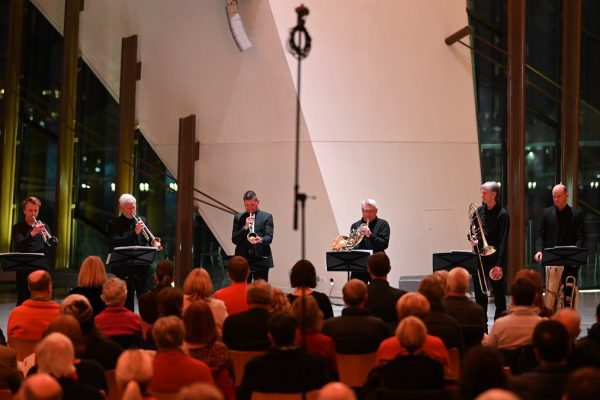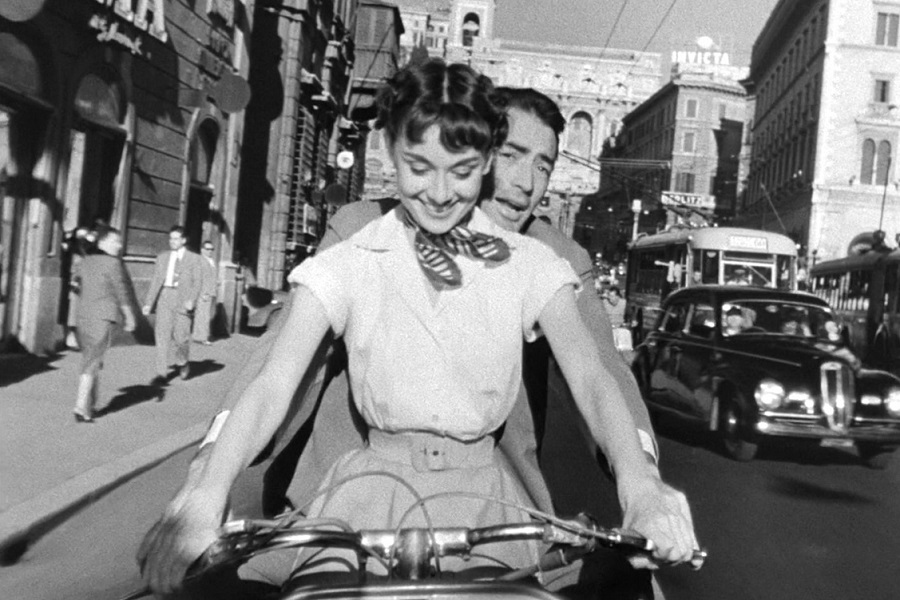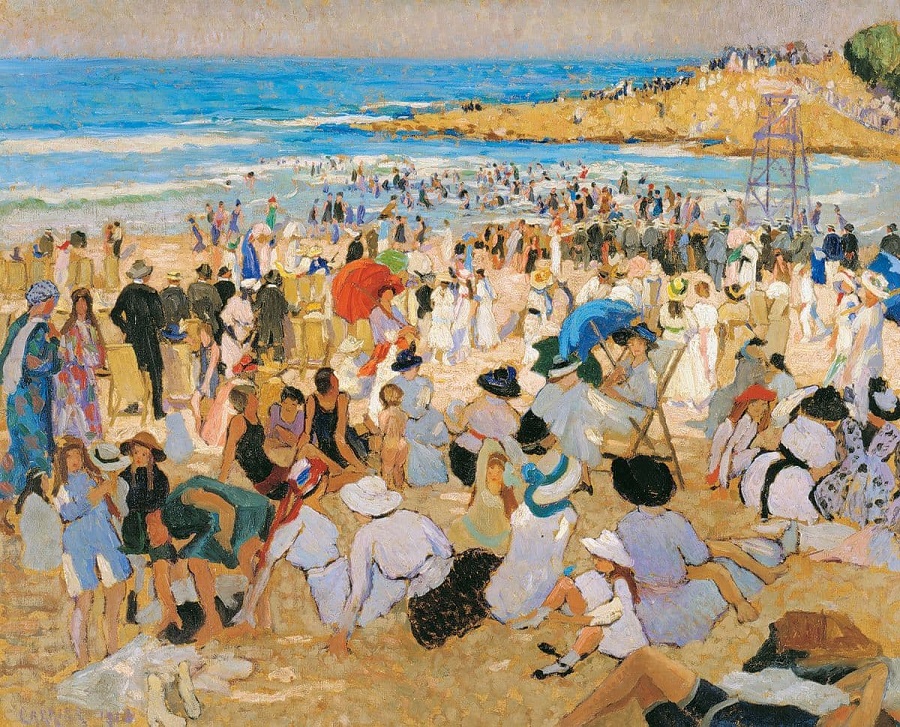
Music / “Close to Air”, Canberra Symphony Orchestra Chamber Ensemble. At the National Museum of Australia, July 27. Reviewed by ROB KENNEDY.
PRESENTING a program of just one piece for brass sextet takes a lot of nerve, but the Canberra Symphony Orchestra Chamber Ensemble had both the players and the music for such a concert.
Australian composer Simon James Phillips, currently based in Berlin, creates works that are influenced by electronic music. Ambient, flowing and evolving are some descriptions of his style. Experimental is also another form of what he does.
In this Australian premiere of his “Perto Do Ar” (Close to Air), which is part of the CSO’s 2023 Australian Series, the sonic landscape it sets up perfectly matched the great open space of the Gandel Atrium in the National Museum.
An immersive work such as this requires the sound to move, and it did that as the players weaved themselves through the audience and around the space so listeners could feel close up the effects it was supposed to produce.
With the composer travelling from overseas to be here for this performance, the six brass performers – Robert Johnson, French horn; Justin Lingard, Greg Stenning, Joshua Clark, trumpet: Nigel Crocker, trombone and Bjorn Pfeiffer, tuba – began from a space far away from the audience with a single call that expanded into multiple instruments sounding from afar.
This built as a tune on trumpets heralded a theme that used the expansive space to echo and overlap its sound to create a mesmerising ambience. It was a surround sound effect that cut through a listener. From all sides, it increased as all performers joined in.
The repetitious sound, polyphonic and eerie, moved as the players walked around the atrium. Hypnotic, transfixing, slightly disconcerting, the music pulsed its rapid notes up and down and from all around. Was it music? Was it effect? It was both, and highly effective as a sound composition.
In and out the music came and went. It sank into itself and through the audience, before four players came together at the front of the audience and held a long single note overlapping between players.
The others joined them repeating that note, which oscillated through pitches close by. This offset the sound, creating wavelike forms. One could say that this was an experiment in sound. It could also be said it was an experiment in feelings and tone colours. The six players created a wall of penetrating sound, so much so that at times it felt solid.
As two players moved away again, their sound remained even though they were about 100 metres away. Three trumpeters and horn remained near the audience to slip quietly in and out of the music of the others far away. The music advanced into repetitive notes on the trumpets as the others sounded from afar.
As a sonic experience, it excelled. It also entertained as the roaming players made an ethereal soundscape around the audience. It ended softly in a subtle ambience. The audience sat silently for several minutes before encouraged to applaud. Then the composer joined the players out front.
Who can be trusted?
In a world of spin and confusion, there’s never been a more important time to support independent journalism in Canberra.
If you trust our work online and want to enforce the power of independent voices, I invite you to make a small contribution.
Every dollar of support is invested back into our journalism to help keep citynews.com.au strong and free.
Thank you,
Ian Meikle, editor




Leave a Reply